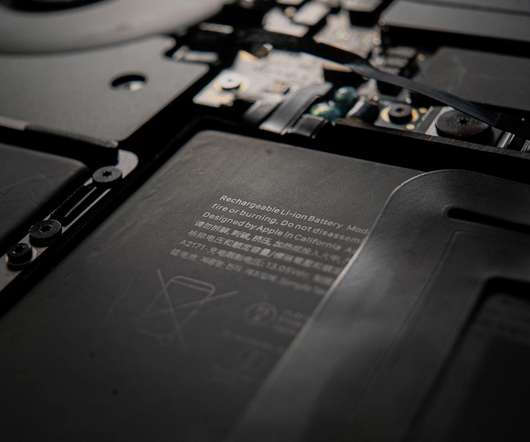Fire risks associated with li-ion batteries & safety
Electric Vehicles India
OCTOBER 1, 2021
Fire risks associated with li-ion batteries & safety. The demand for lithium-ion battery-powered road vehicles continues to increase around the world day by day. Electric vehicles have now proven to reduce emissions and operate more efficiently than vehicles driven by fossil fuels.


















Let's personalize your content